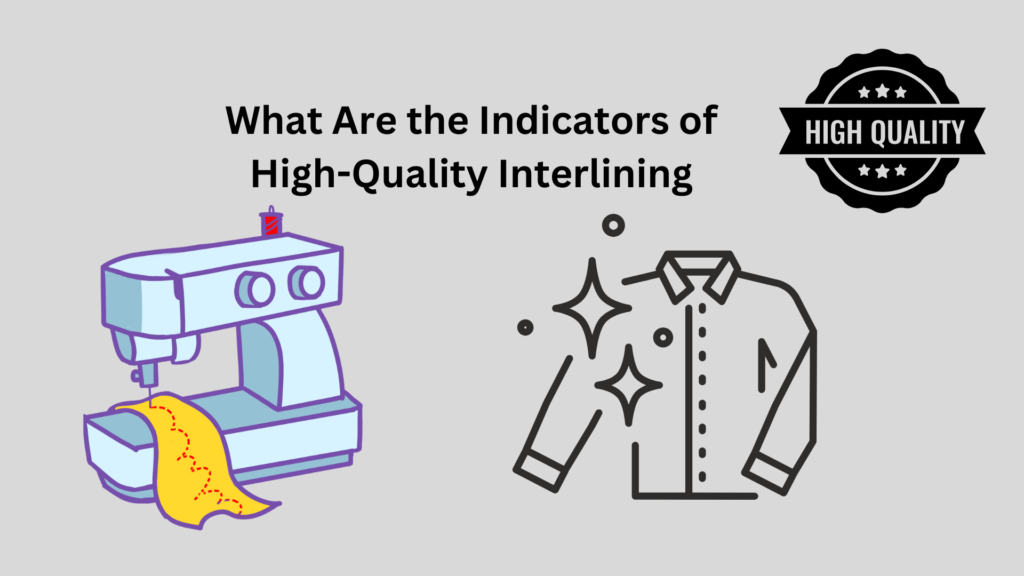Introduction
Interlining is an important material in garment making. It gives strength, shape, and support to parts like collars, cuffs, and waistbands. High-quality interlining makes garments last longer and look better.
Good interlining helps clothes keep their shape, even after washing or wearing. Low-quality interlining can cause sagging, wrinkles, or damage to the fabric.
It is important for garment makers to know how to spot good interlining. Key signs include strong material, good bonding, and durability. The interlining should also match the fabric it’s used with.
This guide explains these features in simple terms. You’ll also learn how to test interlining to get the best results.
What Is Interlining, and Why Is It Used?
Interlining is a layer of fabric placed between the outer fabric and lining of a garment. It adds structure, strength, and support to specific areas. Commonly used in collars, cuffs, lapels, and waistbands, interlining ensures garments hold their shape and last longer.
Types of Interlining
Interlining can be made from various materials, such as cotton, polyester, or blends. It comes in three main types: woven, non-woven, and knit. Each type is selected based on the garment’s fabric and design requirements.
Fusible vs. Non-Fusible Interlining
There are two categories of interlining.
- Fusible Interlining: It has an adhesive coating that bonds to the fabric when heated. This makes it faster and easier to use.
- Non-Fusible Interlining: It is sewn into the garment and is typically used for delicate fabrics.
Why Is Interlining Used?
Interlining’s main purpose is to improve the garment’s appearance and function. It adds stiffness to specific areas, giving the garment a neat and polished look. Interlining also prevents sagging and wrinkling, ensuring the clothing retains its shape over time.
The Importance of Interlining
Interlining plays a critical role in garment quality. It enhances comfort, durability, and functionality. Choosing the right interlining depends on the fabric, garment design, and intended use.
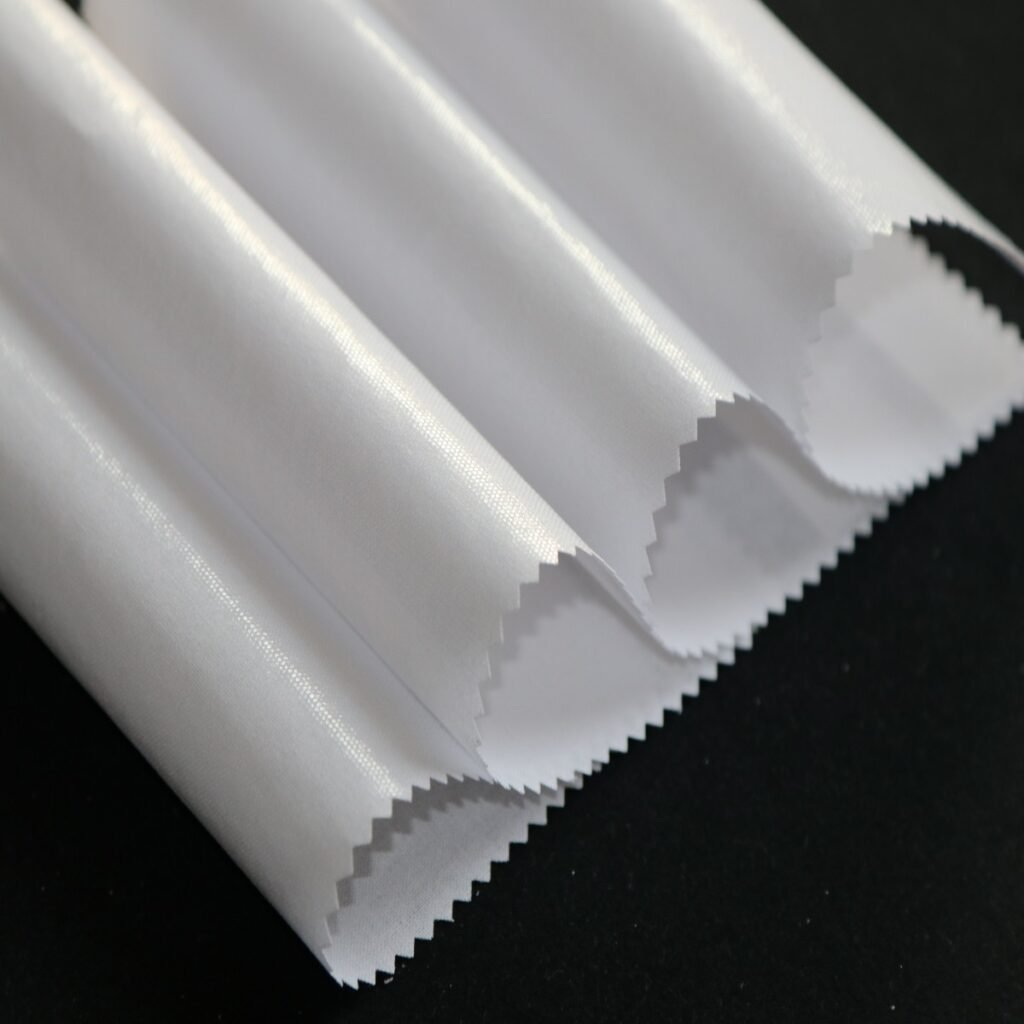
Why Does High-Quality Interlining Matter?
High-quality interlining is important for making strong and well-made garments. It helps clothes keep their shape and last longer. Poor-quality interlining can cause garments to lose shape, feel uncomfortable, or look untidy.
Makes Garments Stronger
Interlining adds strength to areas like collars, cuffs, and waistbands. Good-quality interlining prevents sagging and tearing, helping garments last longer, even with daily wear and washing.
Improves Appearance
The interlining gives clothes a neat and polished look. It keeps the fabric smooth and free from wrinkles. High-quality interlining helps garments keep their original shape over time.
Adds Comfort
The soft interlining makes clothes more comfortable to wear. It supports the fabric without making it stiff or heavy.
Works Well with Fabrics
Good interlining matches the fabric’s weight, stretch, and style. It blends with the garment design without affecting how the fabric moves or feels.
Helps During Manufacturing
High-quality interlining fuses easily with fabric. It reduces problems like bubbling or uneven bonding. This makes the production process faster and smoother.
Keeps Garments Looking New
Garments with good interlining stay in shape even after many washes. This improves their quality and value for customers.
What Are the Key Indicators of High-Quality Interlining?
High-quality interlining plays a big role in making garments last longer and look better. Here are the main signs to look for when choosing the best interlining.
- High-quality interlining is made from strong, durable fibres like polyester or cotton blends. It should feel sturdy but not heavy and should not tear easily under stress.
- The texture should be smooth and even. Uneven or rough texture may indicate poor quality and can affect the garment’s appearance.
- For fusible interlining, the adhesive should bond well with the fabric. It should be applied evenly and not leave a sticky residue. After pressing, the bond should stay strong without bubbling or peeling.
- The interlining should match the fabric used in the garment. It must support the fabric without affecting its stretch, drape, or appearance.
- Good-quality interlining can withstand washing, dry cleaning, and ironing without losing its shape or performance. It should be stable and durable over time.
- It should be breathable, allowing air to pass through, especially for garments worn in warmer climates. This prevents trapping heat or moisture.
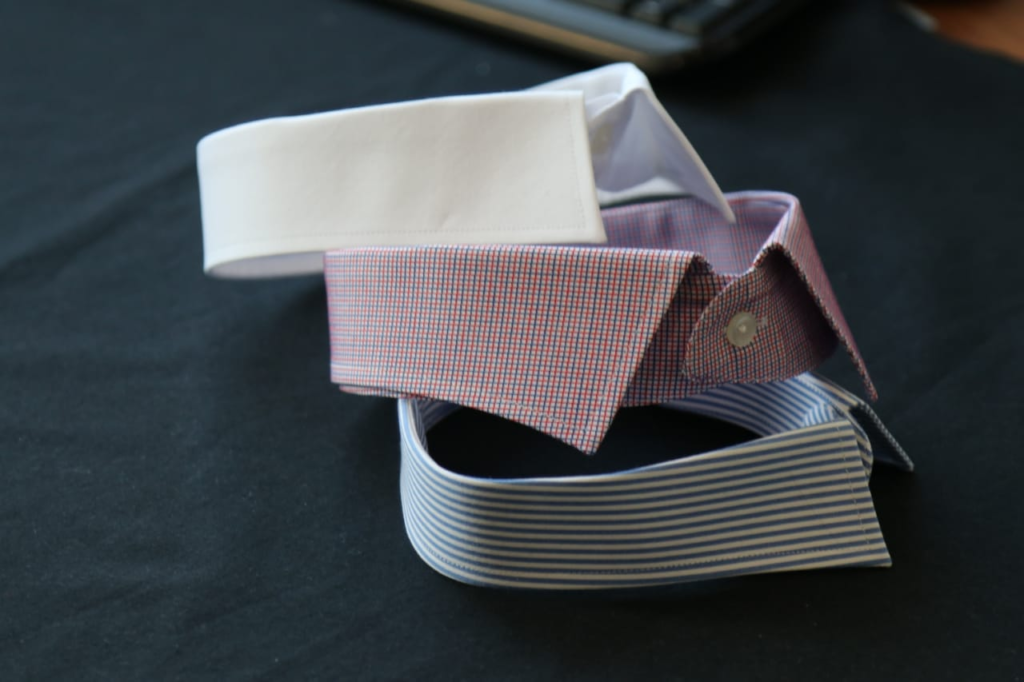
How Can You Test the Quality of Interlining?
Testing the quality of interlining is essential to ensure it will perform well in garment production. Here are some simple methods you can use to evaluate interlining.
Hand Feel Test
The first test is to feel the interlining with your hands. High-quality interlining should feel smooth and even. It should not feel rough or overly stiff. The texture should be consistent across the material. If the interlining feels brittle or too soft, it might not provide the needed support for garments.
Bonding Test (for Fusible Interlining)
For fusible interlining, you can test how well the adhesive bonds with the fabric. Cut a small piece of the interlining and fuse it with the fabric by pressing it with an iron. After cooling, try to peel it off. High-quality fusible interlining will not peel off easily and will bond firmly with the fabric without leaving a sticky residue.
Shrinkage Test
Interlining should not shrink after washing. To test this, wash a sample of the fabric with the interlining attached. After washing and drying, measure the size of the interlining and compare it to the original size. A good-quality interlining will maintain its size and shape without significant shrinkage.
Tensile Strength Test
Test the interlining’s strength by pulling it gently. A high-quality interlining will resist tearing and remain intact under light stress. If the material easily tears or feels weak, it may not hold up well in garments that need extra durability.
Durability Test
To check how well the interlining will perform over time, fold it and press it multiple times. A good-quality interlining will not lose its shape or strength after repeated folding and pressing. If it becomes weak or deformed, it’s a sign of poor quality.
Compatibility Test
Test how well the interlining matches different fabrics. High-quality interlining will blend smoothly with various materials without affecting their appearance or performance. It should support the fabric without causing any stretching or distortion.
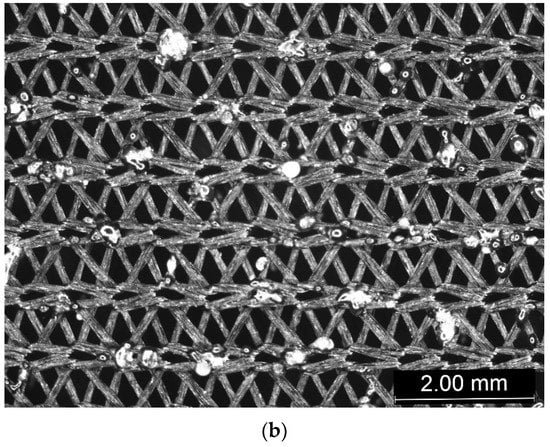
What Are Common Mistakes When Choosing Interlining?
Choosing the right interlining is crucial for creating high-quality garments. However, there are common mistakes that garment manufacturers often make. These mistakes can affect the durability, comfort, and appearance of the final product.
Ignoring Fabric Compatibility
One of the biggest mistakes is choosing interlining that does not match the fabric. Each fabric type has different weight, stretch, and drape characteristics. If the interlining is too thick or too thin for the fabric, it can cause the garment to look uneven or feel uncomfortable. Always select interlining that complements the fabric’s properties.
Overlooking the Type of Interlining
Not all interlining is the same. Fusible interlining, which bonds with fabric using heat, is different from non-fusible interlining, which is sewn in. Choosing the wrong type can affect the garment’s structure and durability. Make sure to choose fusible interlining for easy bonding or non-fusible for delicate fabrics that require sewing.
Prioritizing Cost Over Quality
While budget is always a concern, choosing low-cost interlining can lead to poor results. Cheap interlining may not bond well with the fabric, shrink after washing, or lose its strength over time. It’s better to invest in quality interlining that will improve the garment’s overall look and longevity.
Failing to Test the Interlining
Skipping the testing process can be a costly mistake. Testing interlining before using it in production helps you check its durability, adhesion, and overall performance. Always test a small sample first to avoid issues later.
Ignoring Environmental Considerations
Sustainability is important in today’s garment industry. Failing to consider eco-friendly interlining options can harm the environment. Look for interlining made from sustainable materials and certified for safety, like OEKO-TEX.
How Can You Source High-Quality Interlining?
Sourcing high-quality interlining is key to making strong, durable garments. Here are steps to find the best interlining.
Research Trusted Suppliers
Look for suppliers with a good reputation. Check reviews and ask others for recommendations. This helps you find reliable sources for quality interlining.
Request Samples
Always ask for samples before ordering in bulk. Testing samples allows you to check if the interlining suits your fabric. You can see if it feels right and works well with your designs.
Ask for Certifications
Check if the interlining meets industry standards. Certifications like OEKO-TEX ensure the materials are safe and tested for quality. This guarantees durability and performance.
Know Your Fabric Needs
Different fabrics need different types of interlining. Work with a supplier who understands fabrics and can recommend the right interlining for you. This ensures the interlining supports your garment properly.
Seek Expert Advice
A good supplier will offer expert advice. If you’re unsure which interlining to use, ask for guidance. Expert support will help you make the right choice for your garments.
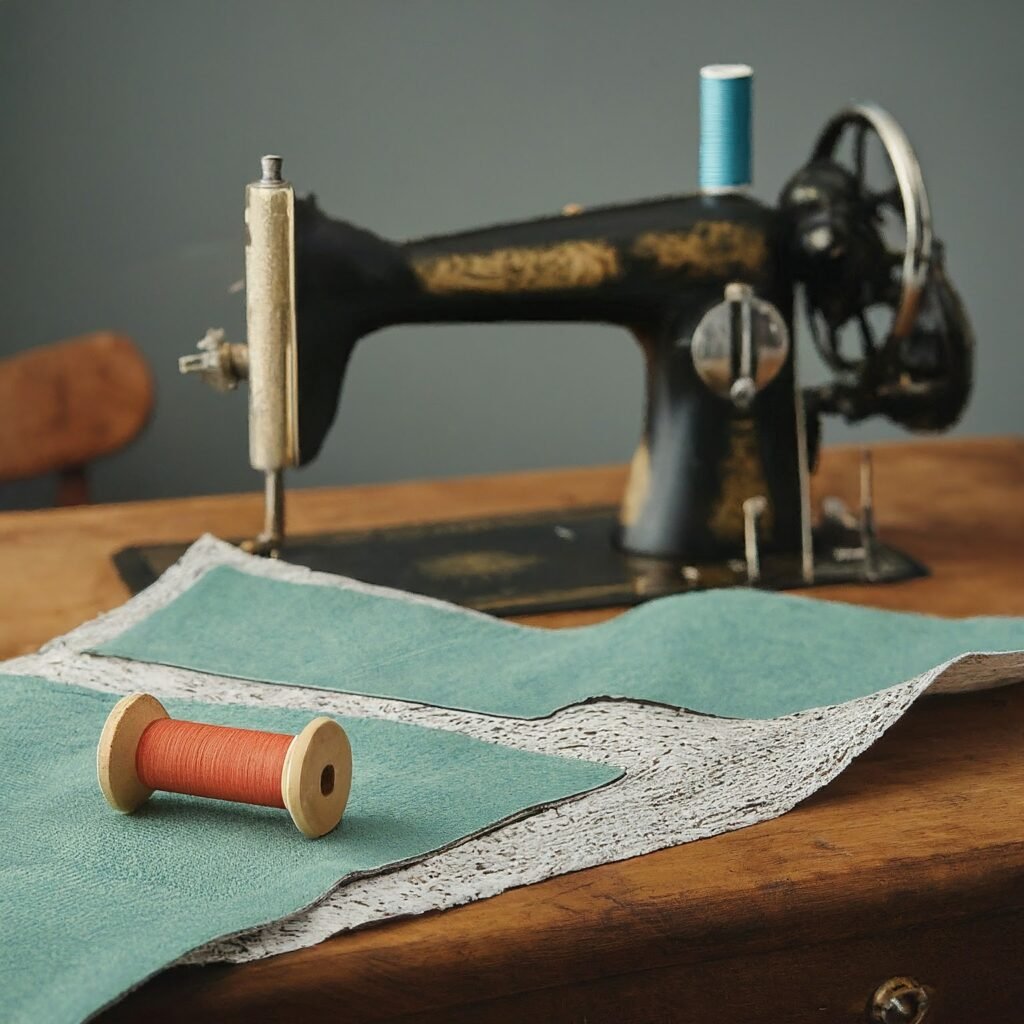
What Are Examples of Interlining Improving Garments?
Interlining improves the quality and appearance of many types of garments. Here are some examples.
Collars and Cuffs
In shirts and jackets, interlining adds structure to collars and cuffs. It keeps them firm and in place, preventing them from becoming floppy. This makes the garment look more polished.
Waistbands
In pants and skirts, interlining supports the waistband. It helps the waistband stay firm and prevents it from stretching out. This ensures a comfortable fit that lasts.
Jackets and Blazers
Interlining gives jackets and blazers shape. It keeps lapels and the body of the jacket crisp. This adds a well-fitted, professional look to the garment.
Coats and Outerwear
In coats, interlining adds warmth and keeps the fabric firm. It also helps the garment keep its shape without feeling too stiff. This makes the coat more comfortable and functional.
Skirts and Dresses
Interlining improves the drape of skirts and dresses. It helps the fabric hold its shape without being too heavy. This gives the garment a nice silhouette.
Conclusion
Choosing the right interlining is important for making strong, well-made garments. The main signs of high-quality interlining are strong material, even texture, and good adhesion for fusible types. It should match the fabric and not shrink after washing.
Quality interlining also holds its shape and strength over time. Testing it before use ensures it meets the right standards for your clothes. By paying attention to these signs, you can make better choices that improve the quality of your garments. The right interlining makes clothes look better and last longer. It’s a good investment for high-quality finished products.
